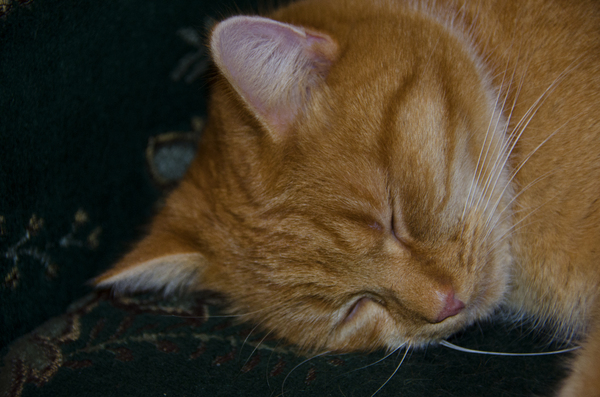The Function of Cat Litter in Cat Habits and Territoriality
The Function of Cat Litter in Cat Habits and Territoriality
Blog Article

Cat litter and litter boxes play a pivotal function in the lives of both cats and their owners. From the humble starts of sand and soil to the ingenious advancements of today, the world of cat litter has progressed substantially. In this comprehensive guide, we look into every aspect of cat litter and litter boxes, exploring their history, types, advantages, challenges, and everything in between.
The history of cat litter dates back centuries, with ancient civilizations using sand, soil, and even ashes as primitive litter materials. However, it wasn't until the mid-20th century that modern cat litter as we understand it emerged. In 1947, Edward copyright introduced the world's first industrial cat litter made from absorbent clay, reinventing the method felines relieved themselves inside. Given that then, cat litter has actually gone through many transformations, with the introduction of clumping litter, silica gel litter, biodegradable options, and more.
Today, cat owners are spoiled for choice when it comes to selecting the right litter for their feline buddies. Standard clay litter stays popular for its cost and effectiveness in absorbing odors. Clumping litter, which forms strong clumps when wet, streamlines cleansing and maintenance. Silica gel litter, composed of extremely absorbent silica crystals, offers remarkable smell control and durability. Eco-friendly choices, such as recycled paper, wood pellets, corn, and wheat, attract ecologically conscious consumers.
Each kind of cat litter uses distinct benefits. Clay litter stands out in its ability to absorb wetness and control smells, making it a trusted choice for many feline owners. Clumping litter streamlines day-to-day scooping and extends the time in between total litter modifications. Silica gel litter offers exceptional smell control and can last longer in between replacements. Naturally degradable litters provide a sustainable alternative that lessens environmental impact.
While cat litter enhances indoor feline health, it is not without its difficulties. Dust from clay litter can position respiratory threats for both cats and human beings, triggering the appeal of dust-free alternatives. Some felines may develop litter box hostility due to issues with texture, aroma, or cleanliness, necessitating experimentation with various litters and box configurations. Multi-cat families might require strategic litter box placement and regular maintenance to avoid territorial disputes and make sure all cats have access to tidy facilities.
Picking the suitable litter box is important for promoting positive litter box routines and general feline wellness. Elements to think about include size, accessibility, and design preferences. Covered litter boxes supply privacy and aid include smells, but some felines wood pellets cat litter might discover them confining or frightening. Open-top litter boxes provide simple access and exposure however may result in more litter scatter. Automatic self-cleaning litter boxes simplify upkeep however require routine monitoring and upkeep.
Correct litter box upkeep is crucial for guaranteeing a tidy and inviting environment for both felines and their owners. Daily scooping gets rid of waste immediately, lessening smell and dissuading litter box hostility. Routine litter replacement, typically every 1-2 weeks, prevents bacterial accumulation and preserves optimum absorbency. Comprehensive cleaning with mild cleaning agent and water, avoiding extreme cat litter chemicals that may deter cats from utilizing the box, EcoFriendly Litter Boxes should be performed monthly.
Cat litter and litter boxes play a main function in fostering a healthy and unified relationship between felines and their human companions. With a diverse array of litter choices and litter box styles available, cat owners have the versatility to customize their choices to fit their felines' preferences and home requirements. By comprehending the development, types, advantages, and obstacles of cat litter and litter boxes, family pet owners can supply their feline friends with a comfortable and hygienic indoor environment.